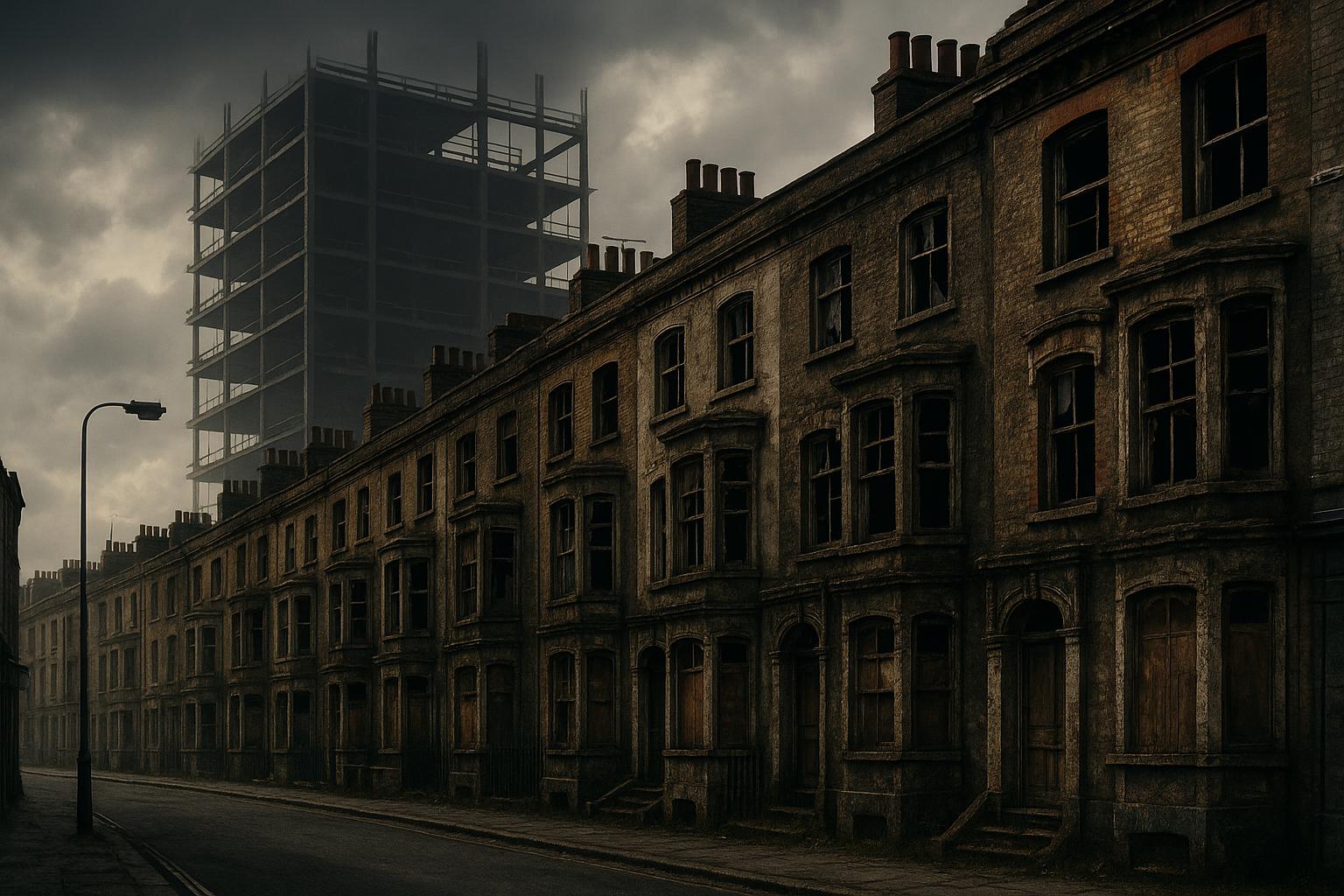No one disputes the urgency of tackling London's acute shortage of affordable housing. When Sadiq Khan first set out an ambitious target for affordable homes in 2016, aiming for a significant increase in affordable housing on new developments, it was broadly welcomed as a step in the right direction—offering much-needed clarity within the planning framework.
In May 2016, Khan unveiled plans to substantially increase the proportion of affordable homes in the capital, initially aspiring for over 50% affordability on some new developments. This marked a clear shift from the previous administration, which Khan criticised for leaving London with a pipeline containing just 13% affordable homes. He also proposed policies to prioritise local buyers over foreign investors to prevent homes being left empty, highlighting the social consequences of London’s housing crisis. However, this ambitious target faced immediate pushback from the Home Builders Federation and other industry stakeholders, who warned that such high requirements risked making projects economically unviable. Critics feared that developers might delay or abandon building schemes, inadvertently worsening the housing shortage.
Faced with these warnings, Khan adjusted his position later in 2016, setting a more pragmatic target of 35% affordable housing on new developments. This decision acknowledged the publication industry's concerns yet aimed to maintain commitment to long-term affordability goals. Some commentators viewed this reduction as a retreat from Khan’s more ambitious campaign promises, while the Mayor emphasised that the 35% figure was a crucial step towards achieving the broader objective of 50% affordable homes.
Despite these efforts, meeting the 35% target has proven challenging in practice. A 2019 analysis of developments approved under Khan’s administration found that fewer than a quarter actually met the affordability threshold, with only 24% compliance across more than 1,500 schemes. While this resulted in the approval of 48,000 affordable homes, it fell significantly short of policy requirements, with critics accusing Khan of failing Londoners on affordable housing delivery. City Hall attributed the shortfall partly to national policy loopholes and the developers’ strategic use of viability assessments to limit their affordable housing commitments.
In more recent years, the situation has been compounded by new economic and regulatory hurdles. By late 2023, reports suggested that private-sector housebuilding in London had nearly ground to a halt. Rising costs, changes in taxation targeting foreign buyers, and tightened building safety regulations collectively squeezed developers’ margins, making it even harder to meet the 35% affordable housing target. This slow-down has put London's broader housing targets at risk, revealing the persistent tension between ambitious social goals and the realities of market-driven development.
Yet, it is important to also recognise progress under Khan’s tenure. In May 2023, the Mayor announced that targets of starting 116,000 affordable homes between 2015/16 and 2022/23 had been met, thanks in large part to the Affordable Homes Programme. This initiative empowered councils and housing associations to directly commission affordable housing, bypassing some of the obstacles faced by private developers. Khan described the ongoing housing crisis as a “grave social injustice,” underscoring the moral imperative behind his housing policies.
London’s affordable housing conundrum illustrates the complexity of balancing social ambitions with economic viability. While Sadiq Khan’s initial bold vision encountered resistance and required recalibration, his administration has nonetheless made meaningful strides. The challenge remains to sustain and accelerate this progress amidst evolving financial and regulatory pressures, ensuring that Londoners can access homes they can actually afford.
📌 Reference Map:
- Paragraph 1 – [1], [2]
- Paragraph 2 – [2], [3]
- Paragraph 3 – [4]
- Paragraph 4 – [6]
- Paragraph 5 – [5]
- Paragraph 6 – [7]
- Paragraph 7 – [1], [5], [7]
Source: Noah Wire Services
